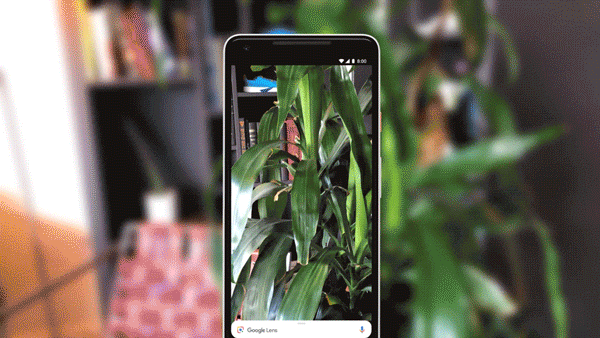Though progress is being made in the fight against online ad fraud, less can be said for anti-fraud efforts on mobile platforms. According to mobile-measurement firm Adjust, rates of mobile fraud in Q1 2018 have almost doubled from a year ago.
According to the company’s research, which covered 3.4 billion app installs of a sample size of 20,000 different apps over the course of four months, at least 7 percent of paid app installs are fraudulent. The number could well be higher, given the possibility of fraudsters using schemes the company is unable to detect.
“Naturally, the fraud rates we see in active rejections only show the level of fraud prevented for advertisers who actually chose to protect themselves,” said Andreas Nauman, Adjust’s fraud specialist, in a statement to VentureBeat. “Yet the aggregate amount of preventable fraud is significantly higher. The number of unreported cases of advertisers being victims of mobile ad fraud is undoubtedly a much high number.”
Mobile developers may be losing out beyond just their advertising budgets, however. According to Adjust’s information, in-app purchases experience an even more significant amount of fraud than user acquisition, and with long-lasting consequences.
“Adjust figures suggest that 30 percent of attempted IAP spends on iOS are fake,” the report reads. “There’s a real chance that the marketing team could misidentify those users as valuable. This could mean that the company invests in a traffic source that provides a number of in-app cheaters or even creates a user persona that matches the personality of cheaters.”
Not only does app fraud harm advertisers’ bottom lines, it can also impact their user data. A fraudulent install or purchase doesn’t just mean wasted spend, but can result in strategic marketing decisions that can bring in even more fraud.
According to Adjust, it’s the responsibility of all players in the mobile advertising space to fight for better fraud-prevention tools.
“Although it’s advertisers who bear the brunt of fraud, poor quality attribution or technical difficulties, eradicating ad fraud is a challenge the whole industry should come together to solve,” the report reads.


